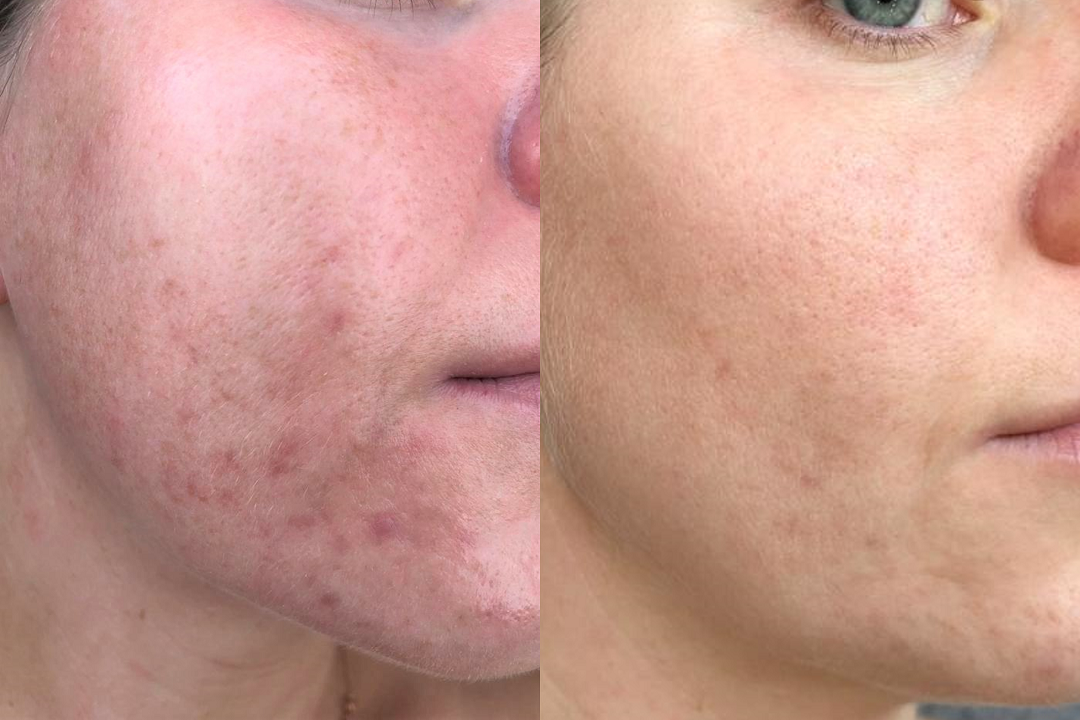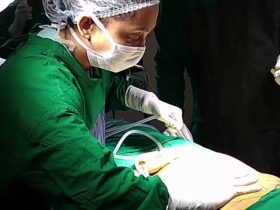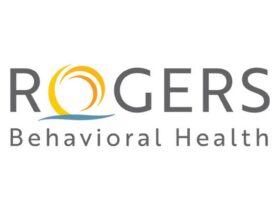Introduction:
In our quest for radiant and youthful-looking skin, various cosmetic treatments have emerged over the years. One such advanced procedure that has gained popularity is laser resurfacing treatment. With its remarkable ability to improve skin texture, reduce signs of aging, and address various skin concerns, laser resurfacing has become a go-to option for individuals seeking a transformative solution. In this comprehensive blog post, we will delve into the world of laser resurfacing, exploring its benefits, techniques, and recovery process.
Understanding Laser Resurfacing:
Laser resurfacing treatment is a non-surgical cosmetic procedure that utilizes laser technology to rejuvenate the skin’s appearance. It involves the precise removal of the outer layers of damaged or aged skin to reveal healthier, smoother, and more youthful skin underneath. This treatment can effectively address a wide range of concerns, including fine lines, wrinkles, acne scars, sun damage, age spots, uneven skin tone, and texture irregularities.
Benefits of Laser Resurfacing:
- Wrinkle Reduction: Laser resurfacing stimulates collagen production, a key protein responsible for maintaining skin elasticity. By targeting fine lines and wrinkles, the procedure helps to minimize their appearance and promote a smoother complexion.
- Scar Improvement: Laser resurfacing can significantly diminish the visibility of acne scars, surgical scars, and other types of scars by encouraging the growth of new, healthy skin cells.
- Sun Damage Reversal: Prolonged sun exposure can lead to the development of age spots, sun spots, and uneven skin tone. Laser resurfacing can effectively target these pigmentation concerns, resulting in a more even and radiant complexion.
- Texture Refinement: Skin irregularities such as roughness, enlarged pores, and bumpy skin can be successfully addressed through laser resurfacing. The treatment works by removing the damaged top layers of skin, revealing smoother and more refined skin underneath.
- Youthful Glow Restoration: Laser resurfacing stimulates the skin’s natural healing process, leading to a fresh and rejuvenated appearance. It can restore a youthful glow and improve overall skin texture and tone.
Laser Resurfacing Techniques:
There are two main types of laser resurfacing techniques:
- Ablative Laser Resurfacing: This technique uses high-energy laser beams to vaporize or remove the outermost layers of the skin. It is highly effective in treating deep wrinkles, severe sun damage, and pronounced acne scars. Ablative laser resurfacing may require a longer recovery period but can produce significant results.
- Non-Ablative Laser Resurfacing: Non-ablative laser resurfacing targets the deeper layers of the skin without removing the outer skin layer. It stimulates collagen production and promotes skin tightening, making it an excellent choice for milder signs of aging and less severe skin concerns. Non-ablative treatments typically have shorter recovery times and require multiple sessions for optimal results.
Recovery Process:
After laser resurfacing treatment, it is essential to follow proper post-care instructions to ensure optimal healing and results. The recovery period varies depending on the type and intensity of the treatment. Initially, patients may experience redness, swelling, and a mild burning sensation, similar to a sunburn. These side effects typically subside within a few days to a couple of weeks, and the skin gradually improves over time. During the recovery period, it is crucial to protect the skin from sun exposure, avoid picking or scratching the treated area, and follow any specific instructions provided by the dermatologist or skincare professional.
Consultation and Choosing a Qualified Professional:
Before deciding on laser resurfacing treatment, it is crucial to schedule a consultation with a qualified dermatologist or skin care professional. During the consultation, they will assess your skin, discuss your concerns and expectations, and determine if laser resurfacing is the most suitable option for you. An experienced professional will explain the procedure in detail, address any questions or concerns you may have, and provide realistic expectations regarding the outcome and recovery process.
Conclusion:
Laser resurfacing treatment offers a highly effective solution for individuals seeking to rejuvenate their skin and address various concerns, including wrinkles, scars, sun damage, and texture irregularities. With its ability to stimulate collagen production, improve skin tone and texture, and restore a youthful glow, laser resurfacing has become a sought-after procedure in the field of cosmetic dermatology. However, it is important to weigh the benefits against potential risks and considerations, choose a qualified professional, and follow proper aftercare instructions to ensure the best possible results.
If you are considering laser resurfacing, consult with a trusted skin care professional who can guide you through the process and tailor the treatment to your specific needs. With proper care and expertise, laser resurfacing can be a transformative experience, helping you achieve the radiant and youthful-looking skin you desire.












Leave a Reply